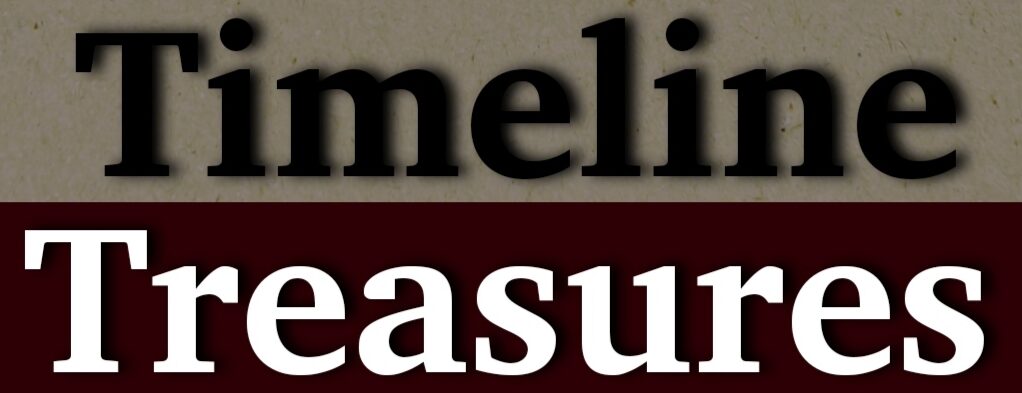
On August 2, 2027, the skies will stage a breathtaking astronomical performance across parts of Southern Europe, North Africa, and the Middle East as the Moon passes directly in front of the Sun, casting its shadow over the Earth for an extraordinary 6 minutes and 23 seconds in some areas.
Dubbed the “Eclipse of the Century”, this rare event is not only the longest total solar eclipse visible from land between 1991 and 2114 — it’s also perfectly positioned to awe millions of people across eleven countries.
Important Information: There will not be an eclipse on August 2, 2025. Claims of a “six-minute global blackout” this year are untrue. The actual celestial extravaganza will take place in 2027, according to confirmation from NASA and other worldwide observatories.
Why Is Eclipse Taking So Long?
This unusually long total solar eclipse is the result of cosmic choreography:
Since the Moon will be at perigee—when it is closest to Earth—it will appear larger in the sky.
Additionally, the eclipse’s path passes close to the equator, where the Moon’s shadow moves more slowly across the surface of the Earth, lengthening the period of totality.
Where Will You See It?
Path of total eclipse: Those within the eclipse’s path will experience total darkness during the day, which will be an incredible sight that will span:
Southern Spain, which includes Tarifa and Cadiz
Gibraltar
Morocco, Algeria, Tunisia, Libya, Egypt
Sudan, Saudi Arabia, Yemen, Oman, Somalia
Best View: The city of Luxor in Egypt will enjoy the longest totality at 6 minutes and 23 seconds.
Partial eclipse:
Outside the direct path, a partial eclipse will still be visible across Europe, North Africa, and Western Asia.
What About India?
India will witness a partial eclipse — with the Sun obscured by 10–30%, especially in:
Rajasthan
Gujarat
Maharashtra
Goa
Estimated time: Between 4 PM to 6 PM IST
In coastal regions like Mumbai and Goa, sunset may limit visibility.
Public Viewings:
Organizations like ISRO, Vigyan Prasar, and the Planetary Society of India are expected to hold public viewing events and live streams.
A Scientific Goldmine
The extended totality opens up unique opportunities for scientists:
Studying the solar corona
Tracking solar flares and coronal mass ejections
Spectroscopy of the Sun’s outer layers
Measuring temperature shifts and magnetic fields
Observing Earth’s atmospheric changes
These insights will feed into future missions like NASA’s Parker Solar Probe and ESA’s Solar Orbiter.
Safety First: Never Watch Without Protection
Even during a partial eclipse, eye safety is critical.
Use:
ISRO-approved or ISO-certified eclipse glasses
Properly filtered telescopes or pinhole projectors
Avoid:
Regular sunglasses
Smartphone cameras
Unfiltered binoculars or telescopes
In total eclipse zones, glasses can be safely removed only during full totality — and must be worn again the moment any sunlight appears.
Cultural Significance in India
Solar eclipses hold deep spiritual meaning in India. Rooted in Hindu mythology, eclipses are associated with Rahu and Ketu, shadowy demons believed to “swallow” the Sun.
Temples often close temporarily, and rituals include fasting and holy baths. However, scientific education and outreach have helped shift many perceptions toward understanding eclipses as natural, awe-inspiring events.
Concluding Remark: Watch History Be Made
Because of their relative distances and sizes, the Moon and Sun appear to be the same size in the sky during a total solar eclipse, which is an astronomical coincidence. They will line up exactly on August 2, 2027, delivering a fleeting but memorable night into the day.
It will be a once-in-a-lifetime experience for many. Prepare yourself for the ultimate cosmic experience by making travel plans, securing your glasses, and standing in the Moon’s shadow.
